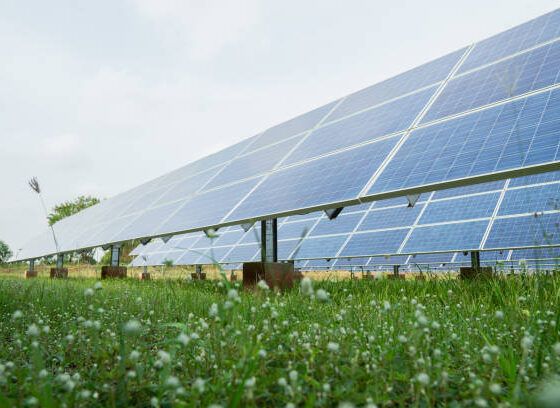Despite being two different building materials, concrete and cement are frequently used interchangeably. The fundamental distinction between the two is that cement is necessary for the production of concrete. In essence, cement is the binder; it is a fine powder that, when combined with water, helps the various components of concrete come together. Visit cement binder malaysia.
Describe concrete.
Sand or crushed stone aggregate, cement, and water are the main components of concrete. Cement and water combine to generate a paste that covers and binds the aggregate. Hydration, a chemical process caused by the water, causes the concrete to harden and set.
The mixture of the constituent ingredients and the proportion of aggregate to water and cement are crucial. The concrete mixture may become difficult to work with if there is too little water added, while too much water may weaken the finished product. Nevertheless, as aggregate makes up between 60% and 80% of concrete, the quantity utilized is also highly important. Stones of various sizes, but with a defined average and maximum size, will generally make up acceptable aggregate.
To build foundations or floors for a new construction, concrete can either be poured directly into the desired spot or molded into building blocks or slabs.
Describe cement.
Made from natural minerals like limestone, shale, and clay, to mention a few, cement is a fine powder-like substance. The constituent elements are heated in a kiln to generate the “clinker,” which is then ground up while gypsum is added to produce the more well-known cement powder. When this powder is combined with water, it transforms into a binding agent.
Portland cement, which gets its name from how similar its finished product is to Portland stone, is the most widely used type of cement. Portland cement was initially created by an English bricklayer by the name of Joseph Aspdin by heating clay and limestone on his kitchen stove. In 1822, he was to receive a patent for his innovation, but
Since Portland cement is a hydraulic cement, a chemical reaction commences when water is introduced, causing the cement to harden and set. These chemical reactions produce compounds that are insoluble in water due to their nature, allowing for the retention of performance and toughness even under water.
Despite the fact that cement is an essential component of concrete, concrete and cement are two distinct materials utilized in the building industry. Before water binds it to the gravel that makes up the majority of the concrete mix, cement will make up around 10 to 15 percent of a concrete mix. Years pass as a result of the subsequent hardening process, allowing the concrete to become stronger. The cement used in the procedure most frequently is portland cement.
In Conclusion
Based on the water absorption, permeability, and chloride diffusion, the permeability of the binders is studied. As well as for comprehending the endurance of alkali-activated binder products like mortars and concrete. Specialized concrete suppliers 3D Resources serve both the residential and commercial markets. Get in contact with us right now to learn more, request a quotation, or make an order.


